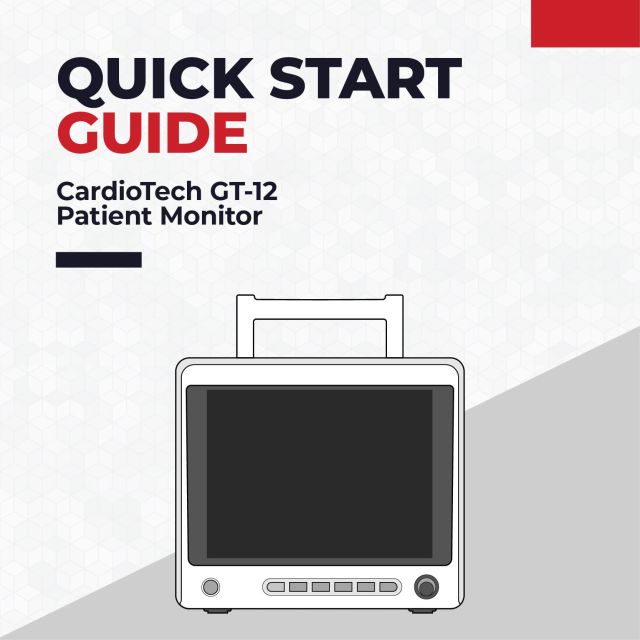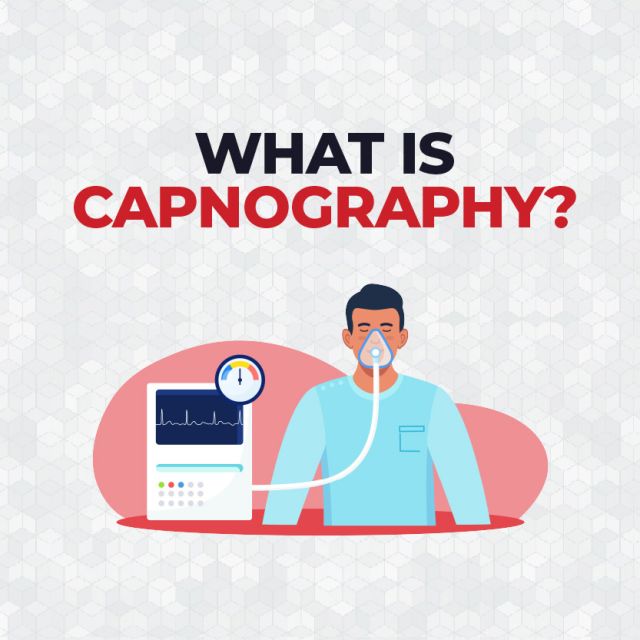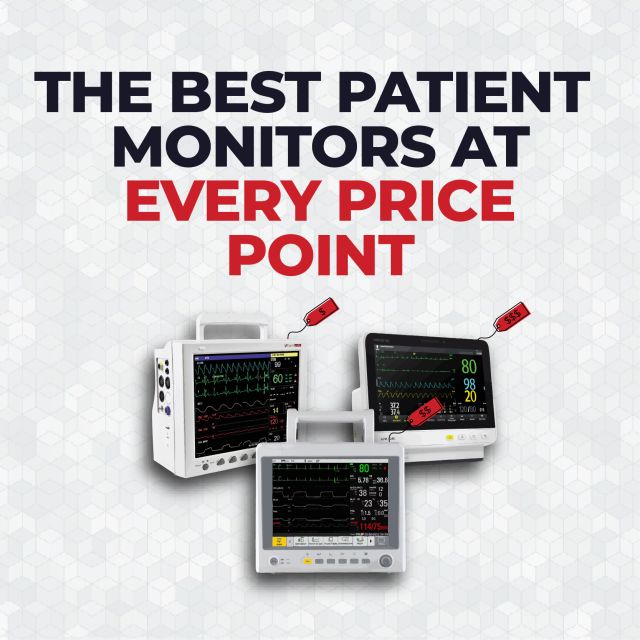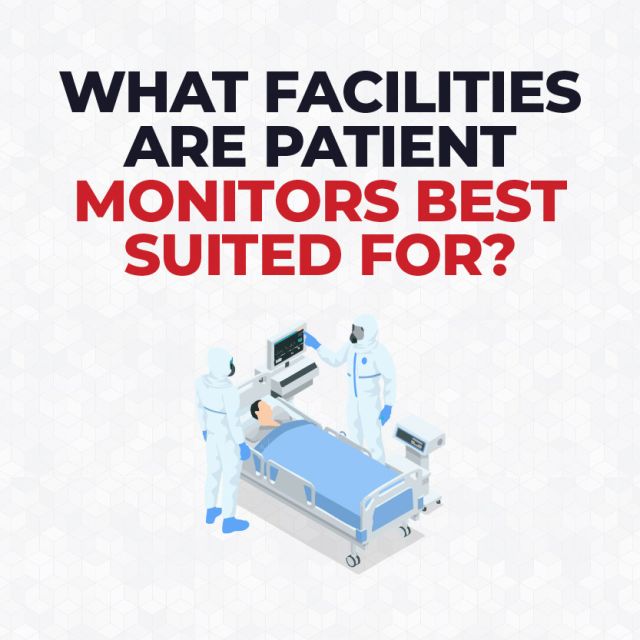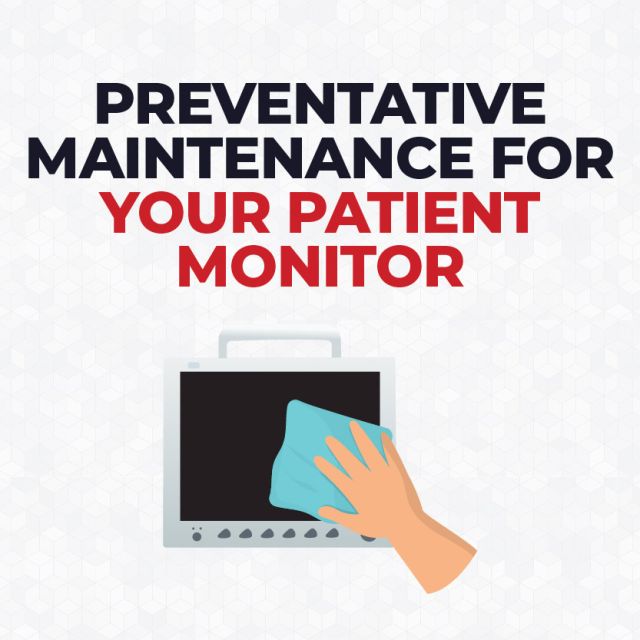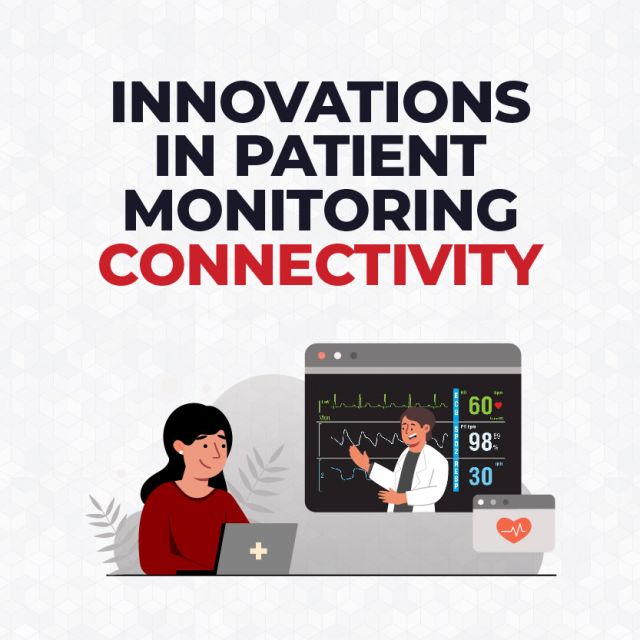What Facilities Are Patient Monitors Best Suited For?
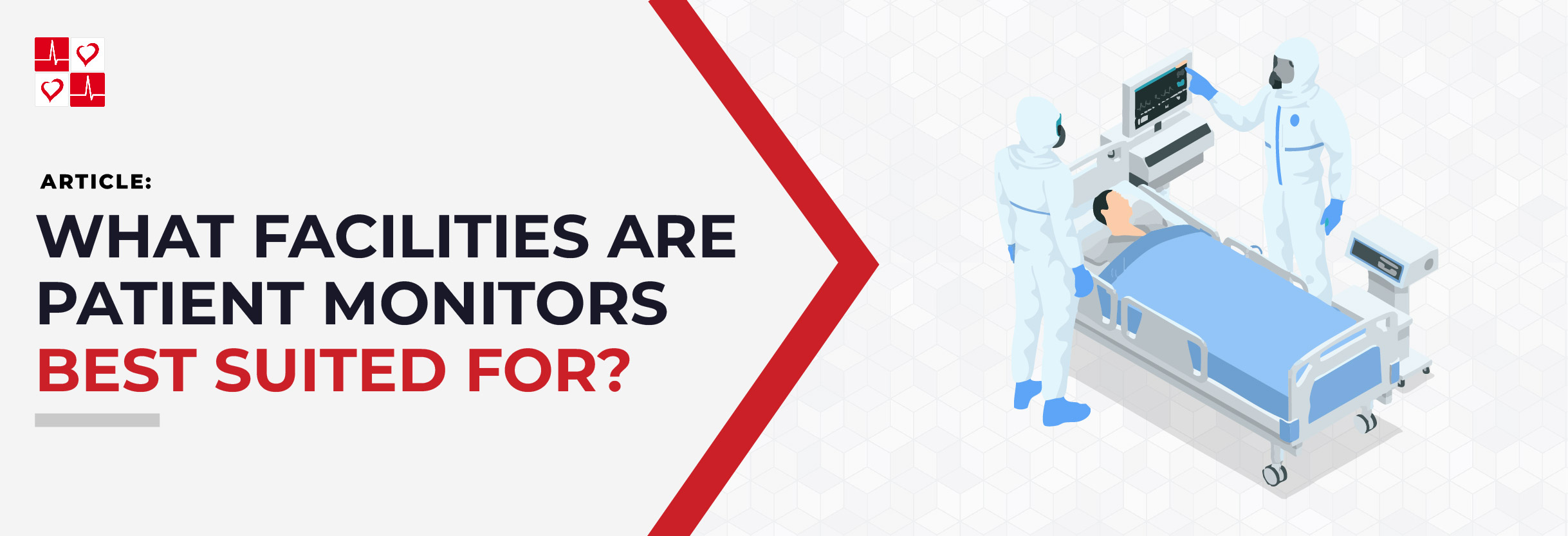
Introduction
Patient monitors provide real-time data about a patient’s vital signs, including heart rate, blood pressure, oxygen saturation, and respiratory rate. They are commonly found in hospitals, intensive care units, and emergency rooms. What type of monitor you need for your practice will depends on the types of procedures you provide. Advanced multi-parameter monitors, which we sell at CardiacDirect, are best suited for high acuity environments. In this article, we’ll uncover what facilities patient monitors are best suited for.
What Facilities Are Patient Monitors Best Suited For?
Operating Rooms
CO2 Monitoring during surgeries ensures patient’s vitals are stable during a surgery. Patients monitors with end-tidal CO2 should be used in these environments to ensure proper ventilation and sedation, while monitoring respiratory status. We recommend a higher-end patient monitor for surgical procedures.

ICU
Nurses use bedside patient monitors to assess the basic vital signs, which helps manage patients in critical conditions. Additionally, newer patient monitors have robust data storage and trend analysis to detect small changes in a patient’s health. Detecting fluctuations above or below the average range are important in critical operations.
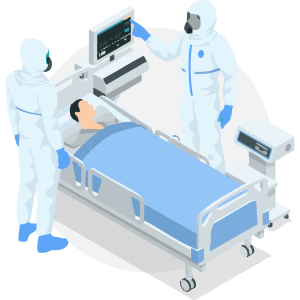
General Wards
While wards are not as intensive as operating rooms or ICU’s, patient monitors are essential for tracking a patients’ recovery. Patient monitors with an alarm can detect increased heart rate or a drastic drop in oxygen levels. Vital signs monitors are better suited for less intensive medical facilities with low acuity. To better understand the differences between vital signs monitors and patient monitors, click here.

Closing
Patient monitors are are valuable to a wide variety of medical settings, specifically those that deal with patients in critical condition. Whether you’re managing a busy ICU or a specialized clinic, patient monitors tailor to your monitoring needs. To view our full selection of patient monitors, click here.


